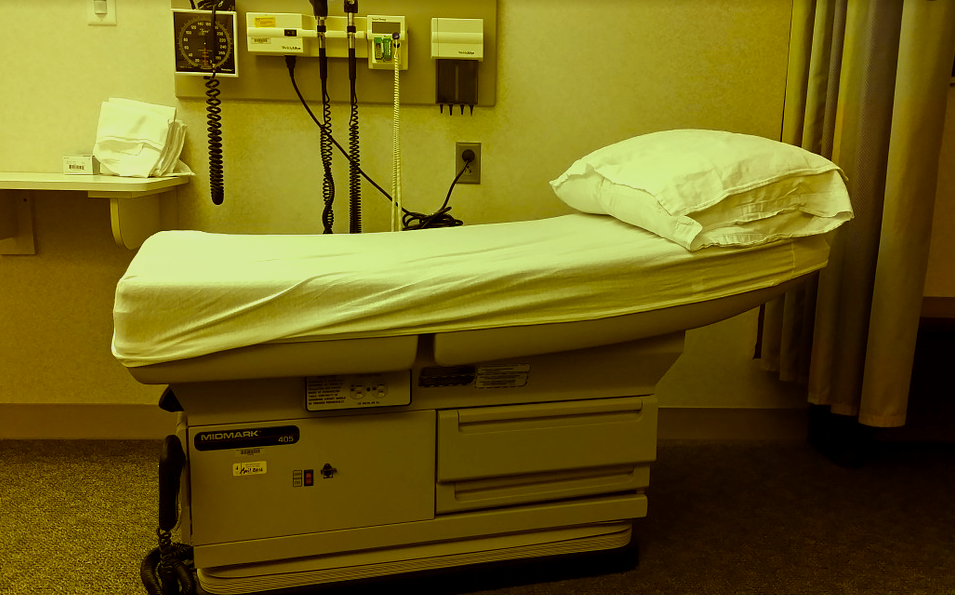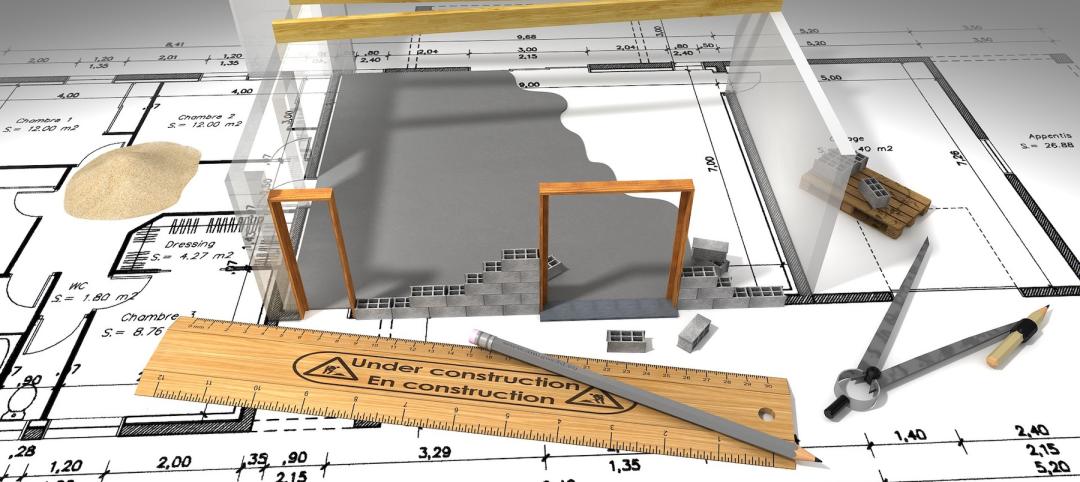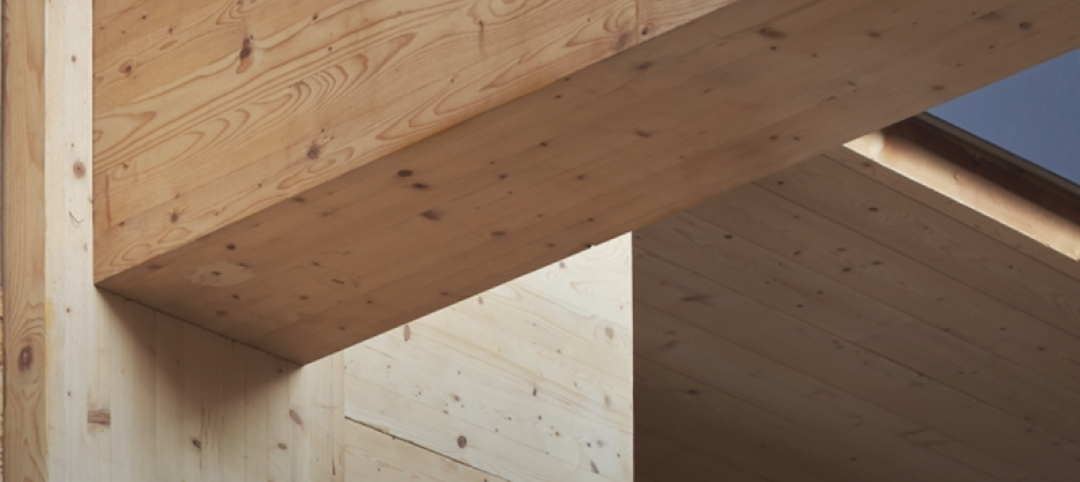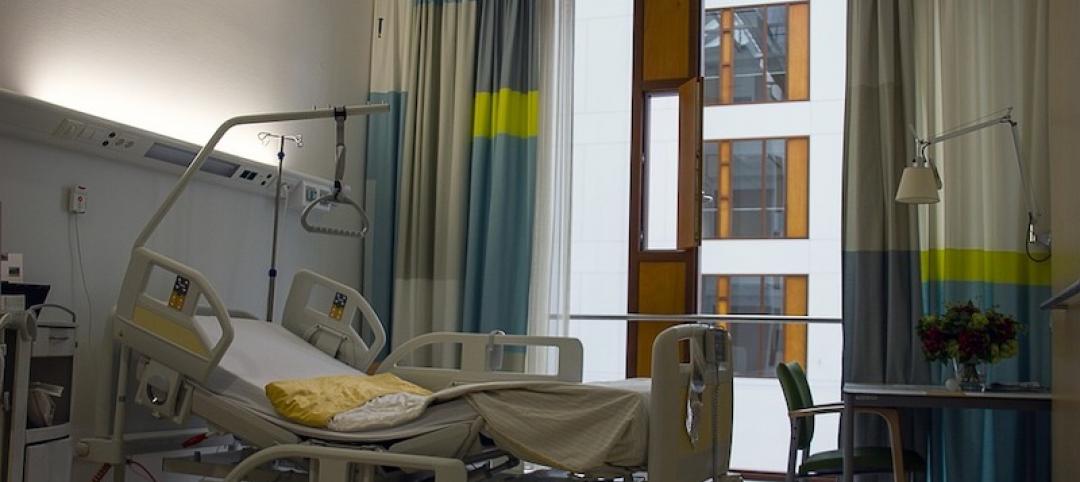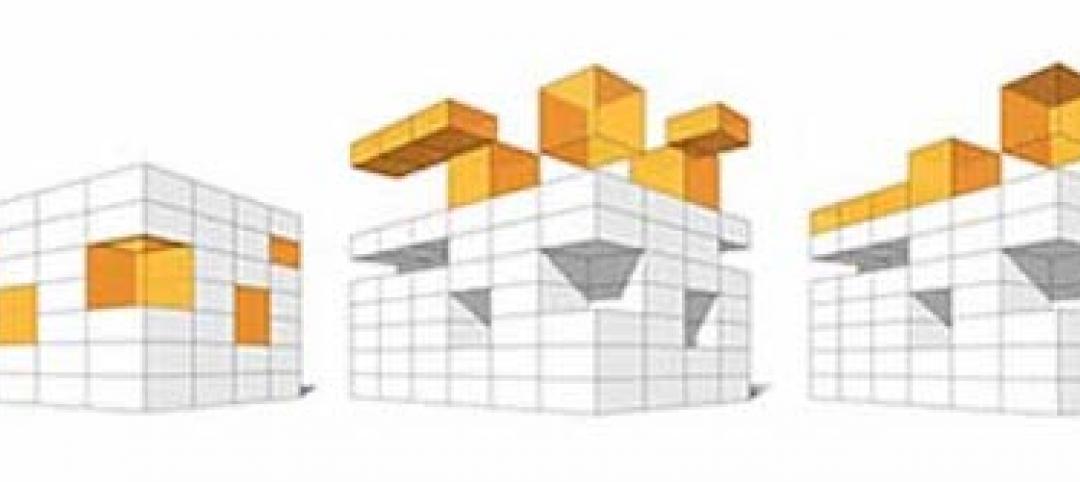Two years as a member of the HDR operations design team has allowed me to observe how our healthcare clients are scratching their heads every day to design the best dashboard metric as an indicator of operational efficiency across the board, regardless of specialty or provider.
Visit per room per day (VPRPD) has gained popularity from C-suite decision makers, physicians, and administrators. Of course, seeing quantitative metrics being calculated and referenced before making major decisions yields a proud feeling for a data geek like me. However, like selecting the right spice to cook your dinner, we need to ask ourselves: Is VPRPD the “correct” metric to meet our clients’ design goals?
The Good. VPRPD indicates, on average, how many visits occur in each exam room on a daily basis. This is exactly why the metric has been selected as the representative of exam room productivity. Without massive data analysis or analytical modeling, anyone with basic data literacy can calculate this metric with the function:
Visit per room per day = Daily visit volume / Total number of exam rooms
The Bad. However, as operational experts, we know that a system cannot be measured purely by throughput. Merely pursuing a high VPRPD metric may drive up other resource needs and, in turn, raise operational costs. For example, with a fixed number of exam rooms, by extending operational hours, a clinic will most likely see more patients each day, resulting in a higher VPRPD. But maintaining longer operational hours will require appropriate staffing and scheduling, and ROI analysis may not favor the decision to extend working hours to support a limited increase in volume.
Often, VPRPD is referenced by C-suite decision makers to compare different specialties. Knowing that visit durations and operation hours can vary widely across clinics, this metric can be unfair and misleading. For instance, assuming two clinics—cancer and women’s—operate with the same clinic hours, cancer patients are scheduled for 60 minutes on average while primary care patients are scheduled for 30 minutes on average. When comparing VPRPD, women’s is most likely going to have a “better” performance by having a quicker cadence of seeing patients.
Without addressing the difference in visit durations, decision makers may be misled by this comparison and decide to implement a similar operational model between women’s and other specialties.
Knowing VPRPD can be both good and bad, it is important for decision makers to use it properly. It is especially important to avoid using it as an across-the-board metric.
Nevertheless, VPRPD can still be adopted for internal performance evaluation within a clinic. For instance, weekly or monthly average VPRPD can be calculated to depict an increase or decrease of each clinic’s performance chronically.
A fair metric needs to be clearly defined in order to compare across the board. With HDR’s data-driven design, percent room utilization across any timeframe can be obtained through simulation modeling with appropriate data inputs and assumptions from the client, and can clearly describe how long the space is occupied by value-adding activities and non-value-adding activities. This can be easily translated by VPRPD in combination with visit durations and operation hours with the function:
Room utilization = Average visit duration * Visit per room per day / Operation hours
More from Author
HDR | Jun 30, 2022
Adopting a regenerative design mindset
To help address the current climate emergency, a new way of thinking across the entire architecture, engineering and construction industry is imperative.
HDR | Jan 11, 2022
Designing for health sciences education: supporting student well-being
While student and faculty health and well-being should be a top priority in all spaces within educational facilities, this article will highlight some key considerations.
HDR | Sep 28, 2021
Designing for health sciences education: Specialty instruction and human anatomy labs
It is a careful balance within any educational facility to provide both multidisciplinary, multiuse spaces and special-use spaces that serve particular functions.
HDR | Aug 20, 2021
Prioritizing children’s perspectives with play-based design charrettes
Every effort is made to assure that captured insights and observations are authentically from the children.
HDR | Sep 25, 2020
Performance-based textile cleaning and disinfection in the age of COVID-19
It is essential for both designers and environmental services to know the active ingredient(s) of the cleaning products being used within the facility.
HDR | Jan 27, 2020
Elevating the human experience in public realm infrastructure
Understanding the complexities of a community by pairing quantitative data and human needs.
HDR | Oct 2, 2019
Why mass timber?
In a world where the construction industry is responsible for 40% to 50% of CO2 emissions, renewable materials, such as wood, can help mitigate the rate of global warming.
HDR | Aug 23, 2019
5 converging trends for healthcare's future
Our solutions to both today’s and tomorrow’s challenges lie at the convergence of technologies, industries, and types of care.
HDR | Dec 18, 2018
Redesigning the intergenerational village: Innovative solutions for communities and homes of the future
Social sustainability has become a central concern in terms of its effect that spans generations.

